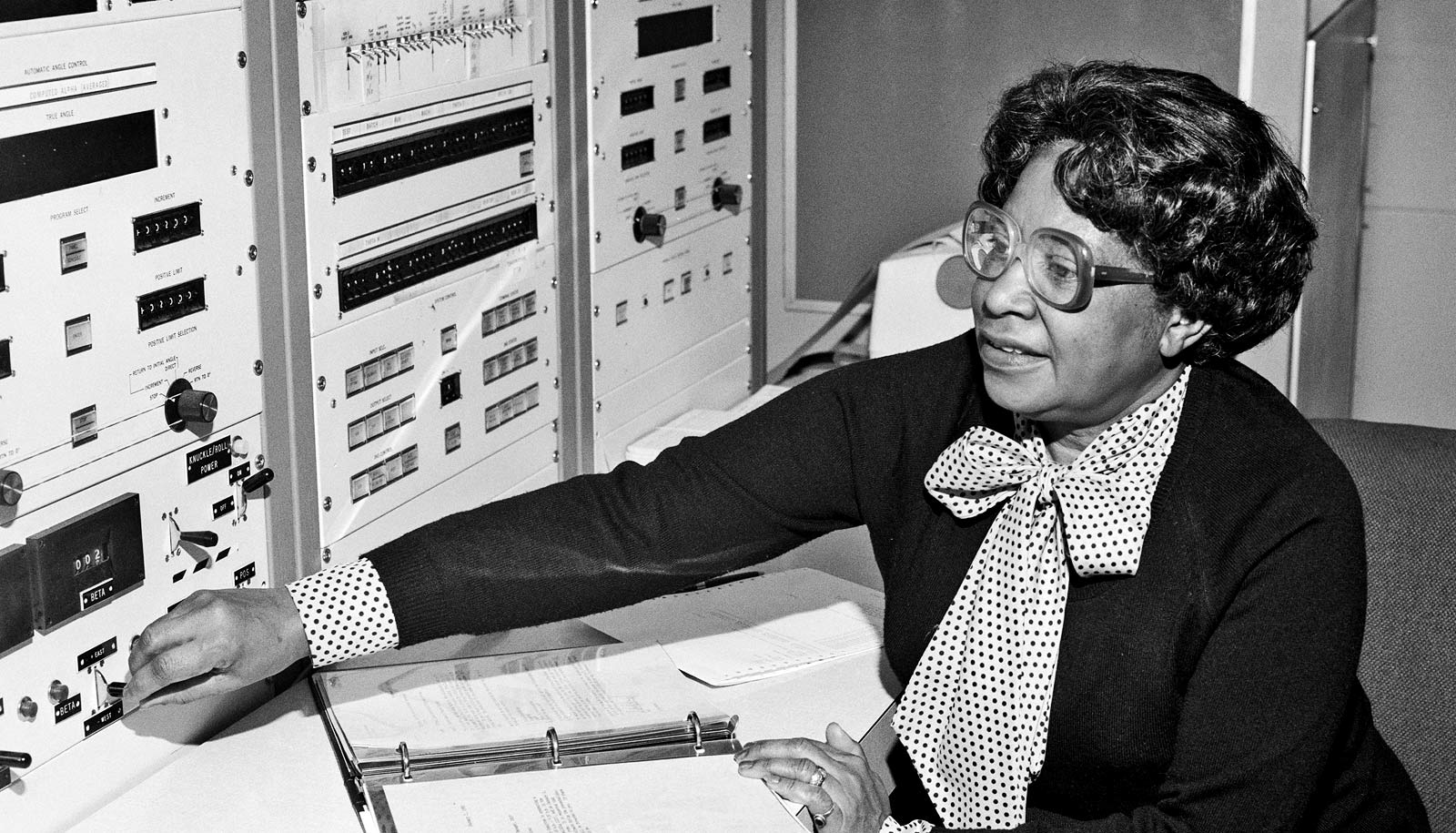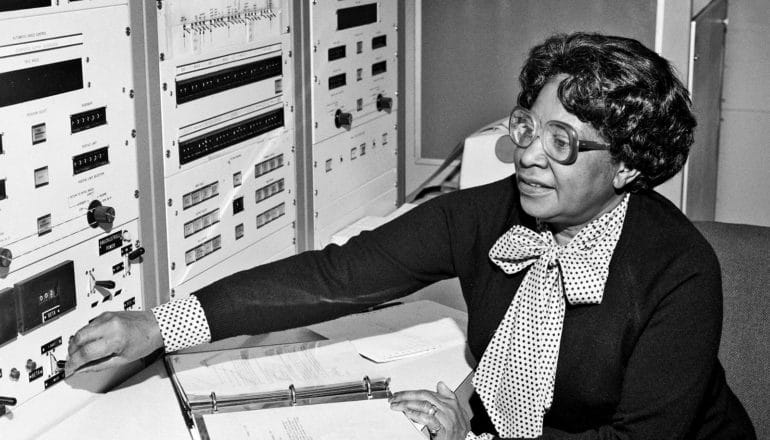
Mary Jackson , the NASA aerospace engineer and mathematician that Janelle Monáe portrays in Hidden Figures . (Credit: NASA Langley Research Center via Wikimedia Commons )
There are ‘Hidden Figures’ in population genetics, too
Female programmers and numerical analysts whose contributions to population genetics went under-recognized could be new role models for women in STEM.

Many women made significant contributions to population genetics as programmers but did not get recognition as authors.
Inspired by the 2016 blockbuster Hidden Figures, researchers analyzed the contributions of women in population genetics.
By looking at all the studies published in a single population genetics journal from 1970 to 1990, they found that many female computer programmers responsible for developing and running computational simulations to test hypotheses explaining genetic differences with populations were recognized in the papers’ acknowledgements section rather than listed as authors.
In fact, of the acknowledged programmers, 43 percent were women while only 7.4 percent of the authors were women. This difference was even more pronounced in the 1970s, when 59 percent of programmers recognized in the papers’ acknowledgements section were women.
The findings appear in the journal Genetics. Study author Emilia Huerta-Sanchez, an assistant professor in the department of ecology and evolutionary biology at Brown University, discusses the study’s key findings and implications here:
The post There are ‘Hidden Figures’ in population genetics, too appeared first on Futurity.
Share this article:
This article uses material from the Futurity article, and is licenced under a CC BY-SA 4.0 International License. Images, videos and audio are available under their respective licenses.


